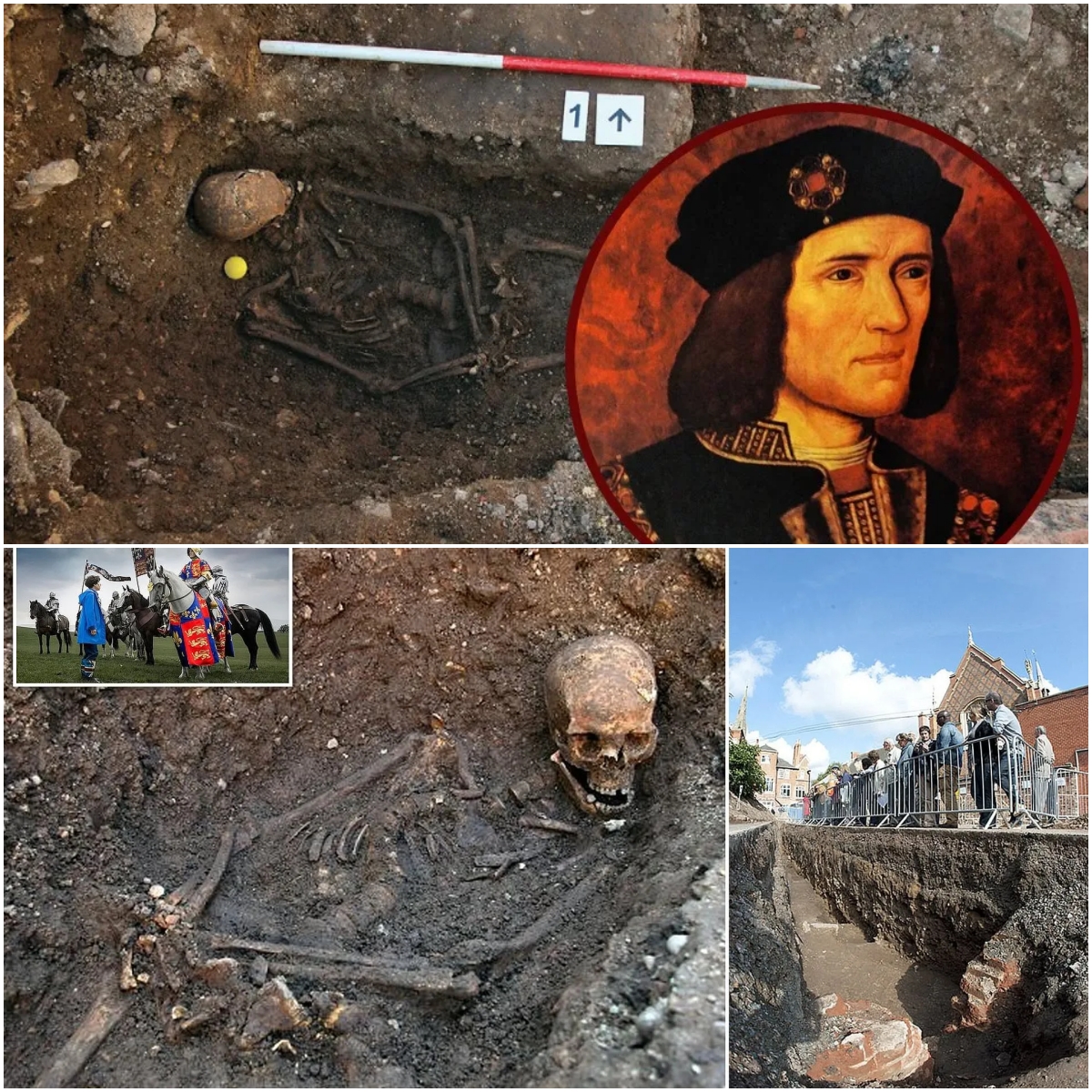Antikythera’s Machine: A 2,200-Year-Old Computer Works?
In 1901, a group of sponge divers made a discovery that challenged modern conceptions about the technological capabilities of ancient civilizations. Among the remains of a shipwreck off the Greek island of Antikythera, an object emerged that has intrigued scientists and archaeologists for more than a century: an intricate mechanical device known as the Antikythera Machine.

Composed of finely crafted bronze gears and calibrated discs with ancient Greek inscriptions, this machine is considered the first known analog “computer” in history. Its complexity and purpose have been the subject of intense research, revealing an advanced design that would be unparalleled until the appearance of astronomical clocks in the Renaissance, more than 1,500 years later.
Initial studies identified that the Antikythera Machine was designed to predict astronomical events with astonishing accuracy. He could calculate lunar phases, eclipses and the positions of the Sun and the planets known at his time. It also contained a calendar based on Metonic cycles, a system that combines solar and lunar years.

The most surprising thing about this device is the sophistication of its gears, whose level of mechanical precision was not expected in a tool from 2,200 years ago. The main mechanism is made up of more than 30 gears of different sizes and proportions, assembled to operate together. This design suggests that the engineers of the time possessed mathematical knowledge and technical skills that surpassed our expectations of ancient Greek technology.
Although fragmented and corroded by centuries beneath the sea, the Antikythera Machine remains functional at its core. Researchers at the National Archaeological Museum of Athens and other institutions have used modern technologies, such as computed tomography and 3D modeling, to recreate functional versions of the device. These reconstructions have shown that the machine was not only accurate, but also intuitive, a tool capable of being used by astronomers and navigators of its time.

Mystery persists over who designed the Antikythera Machine. Some theorists point to Hipparchus, the famous astronomer of ancient Greece, while others consider Archimedes as a possible creator or inspirer of the design. However, there is no conclusive evidence that directly links the device to these geniuses of the time.
The shipwreck where the machine was found has yielded more artifacts, such as bronze and ceramic statues, that suggest the ship was carrying valuable cargo destined for Rome. However, the exact purpose of the machine remains an enigma. Was it a navigation instrument? An educational tool? Or perhaps a ceremonial object to show the power of human knowledge?

The Antikythera Machine continues to fascinate humanity, not only for what it reveals about the past, but also for what it hints at the hidden capabilities of our ancient civilizations. As new research seeks to unravel its secrets, it is clear that this device represents a dome of engineering and science much more advanced than we could have imagined.






